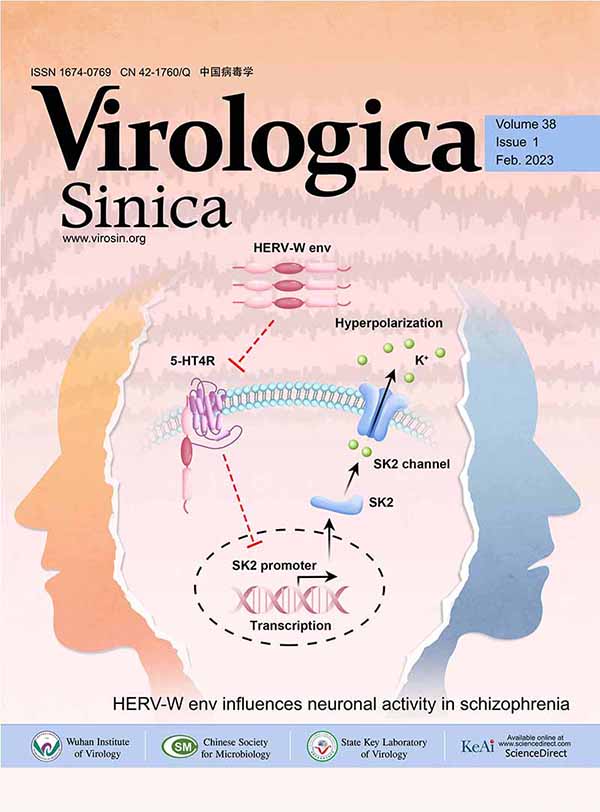Establishment and Characterization of a Chronic Viral Hepatitis Model Induced by Murine Hepatitis Virus Type 3
Abstract: Approximately 8% of the population in China are carriers of HBV and about 5% have HCV infection. The underlying mechanisms of pathogenethis of the establishment of a chronic infection with HBV and HCV are not fully understood. Since there is no ideal model to explain chronic HBV and HCV infection, we have decided to attempt to establish and characterize a substitute model in C3H/HeJ mice induced by murine hepatitis viral type 3 (MHV-3). C3H/HeJ 6-8weeks old mice received 10pfu of MHV-3 intraperitoneally and 63% of them developed a chronic course of virus infection characterized by persistence of lymphocyte infiltration and macrophage activation until 40 days post infection. The mice underwent fluctuated serum ALT、AST levels and a decreased TP、ALB level. We conclude that this substitute model could be applied in studies towards understanding the mechanism of chronic viral hepatitis.














 DownLoad:
DownLoad: